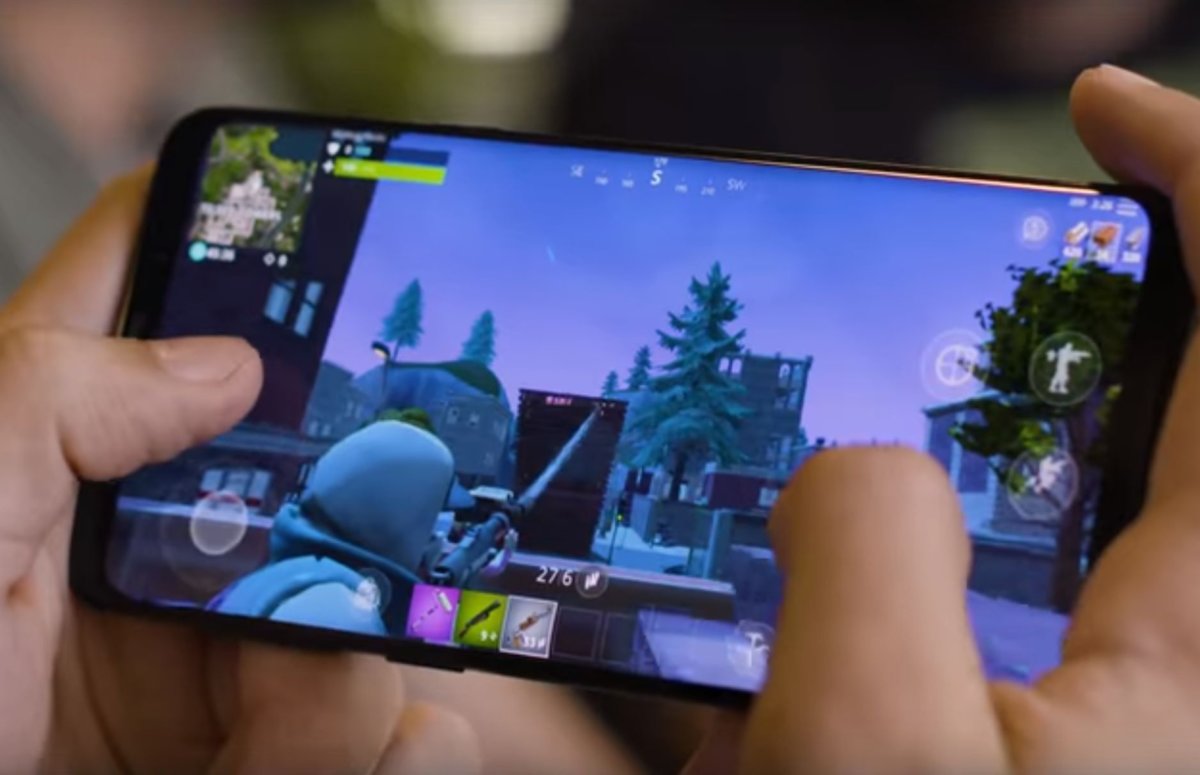

Smartphone makers have looked to the emerging markets, particularly China, for growth over the past couple of years — especially in the all important high-end market where margins are made. But the Chinese market for high-performance smartphones is becoming saturated, as is much of the rest of the developed world. Many people now balk at spending $1,000-plus each year for a new device that has only relatively modest improvements in features/functions. Indeed, this is a similar problem that the PC space has had for several years
What’s needed is a new growth path for high-end devices. And much like the PC space, phone makers appear to have found one – in gaming. Phone makers are looking to relatively gaming-friendly markets like China and the Far East as the first area to concentrate on but with a bigger vision for other mature markets like North America and Europe.
Indeed, vendors such as ASUS ROG, Xiaomi, Razer, and ZTE/Nubia have created smartphones optimized and targeted specifically at gamers. And with the popularity of games such as Fortnite and Tencent’s Honor of Kings, which has an estimated 200 million monthly users in China, consumers are starting to take notice.
What’s special about gaming?
Gaming on any device requires high-end and powerful graphics processing capability in addition to the CPU performance. Most high-end smartphones already are equipped with the latest high-end Snapdragon 855 from Qualcomm, and some gaming phones are overclocked and/or have specialized cooling systems, much like we see in high-end gaming PCs.
As a result of this enhancement over normal smartphones, we are seeing an increased interest in gaming on these devices — and not just the casual downloaded games currently commonplace. As the go-to vendor in chips powering smartphones, particularly at the high end, Qualcomm’s efforts to improve capabilities will be important to this segment of OEMs, particularly in China, with its almost 600 million gamers. Smartphones account for approximately 50% of the $140 billion gaming market, which is growing at 13%. Hence, Qualcomm recently announced a “beefed up” version – the Snapdragon 855+.
Although some might consider the Snapdragon 855+ a relatively minor improvement, when seen in the context of this new trend in gaming, the reported 15% graphics performance improvement provides a major positive impact in user experience and gaming quality through improved resolution and frame rates. Coupled with an ability to work on a 5G network (although none are really widely available at this point) and high-speed Wi-Fi 6, the potential for a streaming gaming experience comparable to that on a PC is compelling.
It’s not just about devices. Google and Apple are both targeting game streaming as a growth area, particularly as high-bandwidth networks become more available. This is particularly true in China where 5G will have a major impact in the coming 1-2 years. Although the Snapdragon 855+ still has only a 4G modem onboard, Qualcomm does produce the X55 5G modem that can be added to offer full 5G performance. And I expect many of the newer gaming devices to include the 5G modem, since in this price class ($800 to $1,000-plus), it adds relatively little additional cost.
Phone makers look to China for growth
With so many products in market, China has become a competitive nightmare for phone makers. Even a small improvement in high-end graphics could lead a user to choose one brand over another. One of the first announced vendors to adopt the new improved Snapdragon 855+ is ASUS in its ROG gaming phone. ASUS wants to increase its market share, currently relatively small, particularly at the high end of the market where margins are good (compared to the cutthroat completion at the lower to mid end of the market).
I expect we’ll see a number of other phone vendors announce similar upgrades in the short term in order to hit the all-important end-of-year sales opportunities. (Hyundai is the exception, as it produces its own competing CPU/GPU chip sets.) And while many of these smartphones will be targeted at China first, due to the previously mentioned dynamics, there is no doubt we’ll also see them in North America and Europe.
While China might be at the forefront of smartphone gaming as far as current growth goes, it’s far from the only market where it’s becoming important. Indeed, both North American and European operators are expecting a major increase in smartphone related on-device and streaming gaming. A survey by the Entertainment Software Association found that 60% of gamers play on their smartphones. The content market is estimated to be approximately $45 billion, so it’s not just a hardware marketplace. And many streaming providers, as well as operators, have targeted this market for growth.
Bottom line: Gaming alone is not a panacea for a saturated smartphone market, especially in the more mature markets. But just like in the PC space, finding a niche that users are willing to spend big on is critical to continued success of the industry.
I don’t expect everyone to be carrying a gaming-optimized device, just as most people don’t buy a high-end gaming optimized PC. But the phone vendors and network operators will find a nascent but lucrative market in pursuing this niche, not only in China, but increasingly in other parts of the world, as well.
[“source=computerworld”]
